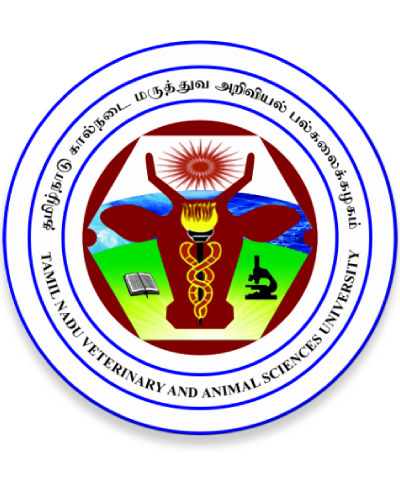- Your cart is empty
- Continue shopping

ICAR - KRISHI VIGYAN KENDRA, NAMAKKAL Hosted by
Tamil Nadu Veterinary and Animal Sciences University

Guinea grass (Panicum maximum) is native of tropical Africa. This is the oldest grass introduced in India. The grass is tall, densely tufted perennial with numerous shoots arising from short, rhizomes. In India it is grown in almost all the states except the north-east region. It is a shade loving plant.
Special features of Guinea grass CO (GG) 3
| Scientific name | Panicum maximum |
| Important features | It is a tall (1-4.5 m), tufted, fast growing and highly palatable perennial grass. Multi-cut varieties can yield fodder for 3-4 years and can be integrated with coconut plantation. Its contain crude protein ranges from 8-13%. It can be grown year round with all seasons. |
| Varieties | CoGG-3 (Its shade loving crop and highly suitable for coconut plantation) |
| Planting method | 40000 rooted slips planted during south west monsoon season per hectare with a spacing of 50 × 50 cm. |
| Farm Yard Manure (tons/ha) | 20-25 ton before planting. |
| Fertilizer requirement (kg/ha) | 50 kg N: 50 kg P: 40 kg will apply during planting time and 50 kg of N in every cutting. |
| Irrigation | Immediately after planting, life irrigation on 3rd Day and thereafter once in 10 days depending on soil type and weather parameters |
| Harvest | First cutting after 70-75 days and subsequently after 40-45 days. |
| Green fodder yield (tons/ha) | 300 tonnes annually from 7 cuttings |
Reviews
There are no reviews yet.